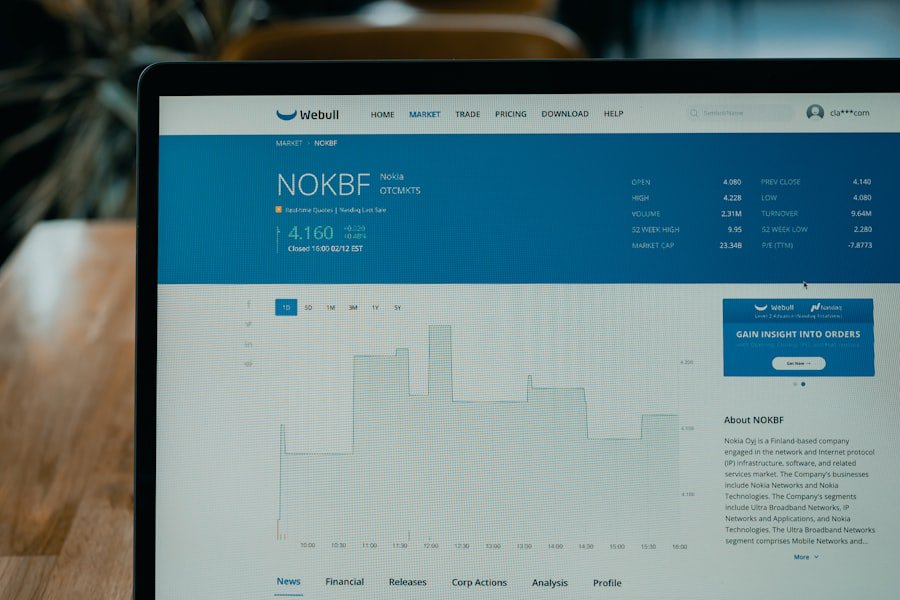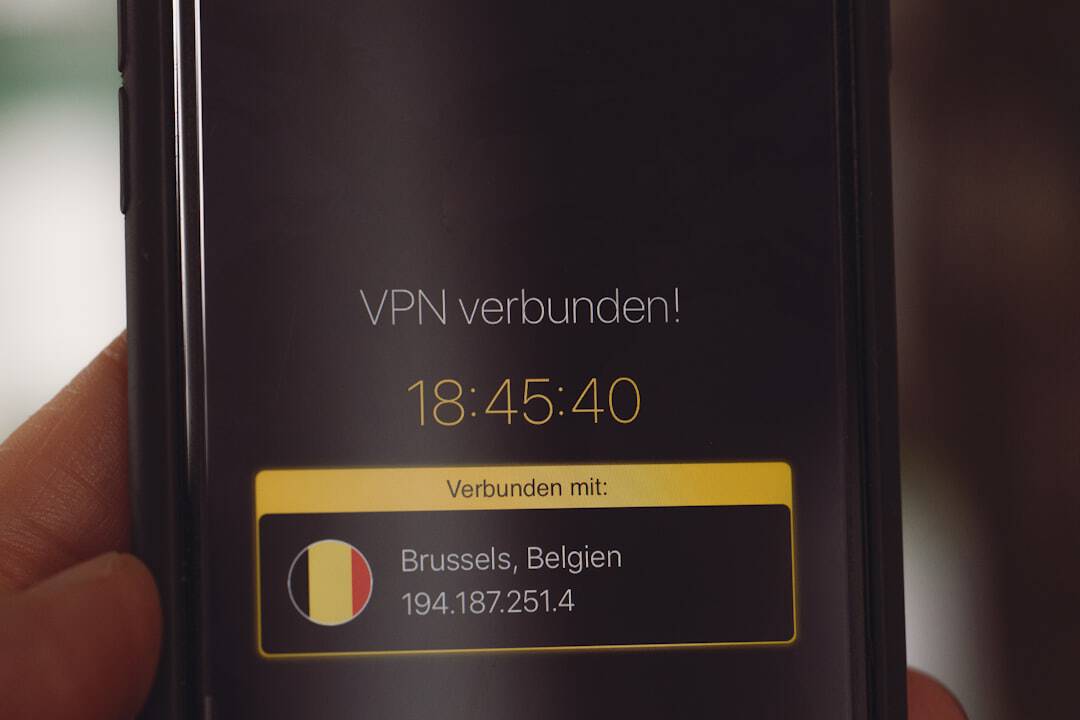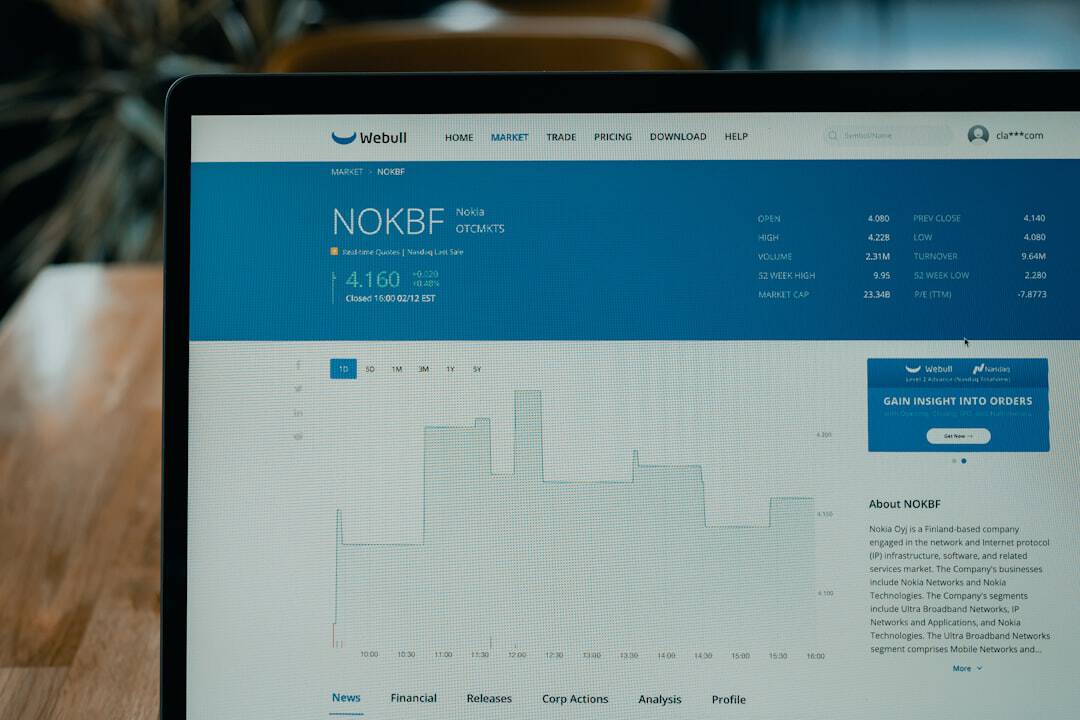Zero Trust Network Access (ZTNA) is a cybersecurity framework that challenges the traditional security model of implicitly trusting entities within a network perimeter. Instead, ZTNA operates on the principle of “never trust, always verify,” requiring continuous authentication and authorization for all users, devices, and applications attempting to access network resources. The ZTNA approach has gained prominence due to the evolving threat landscape and the rise of remote work, which have exposed limitations in perimeter-based security models.
By treating every access request as potentially malicious, ZTNA aims to minimize the risk of unauthorized access and lateral movement within networks. Key components of ZTNA include:
1. Continuous identity verification
2.
Device health and compliance checks
3. Least privilege access controls
4. Micro-segmentation of network resources
5.
Encrypted communications
6. Real-time monitoring and analytics
Implementing ZTNA requires organizations to shift from a network-centric security model to an identity-centric one. This transition involves deploying technologies such as multi-factor authentication, identity and access management systems, and software-defined perimeters.
Benefits of ZTNA include:
1. Reduced attack surface
2. Improved visibility and control over network traffic
3.
Enhanced security for remote and hybrid work environments
4. Consistent policy enforcement across users and devices
5. Better compliance with data protection regulations
As cyber threats continue to evolve and work environments become more distributed, ZTNA offers a more robust and adaptable security framework compared to traditional perimeter-based approaches.
Key Takeaways
- Zero Trust Network Access (ZTNA) is a security model that eliminates the idea of trust based on location and assumes that every access attempt is a potential threat.
- Prisma Access Zero Trust provides enhanced security by allowing organizations to secure their networks and applications regardless of location or device.
- The benefits of ZTNA include improved security posture, reduced attack surface, and better visibility and control over network access.
- Prisma Access Zero Trust improves security by providing comprehensive protection against advanced threats, enabling secure access to applications, and simplifying security management.
- Best practices for deploying Prisma Access Zero Trust include conducting a thorough assessment of network access requirements, implementing strong authentication methods, and continuously monitoring and updating security policies.
Implementing Prisma Access Zero Trust for Enhanced Security
Prisma Access Zero Trust is a comprehensive solution that enables organizations to implement ZTNA effectively. It provides secure access to applications and resources, regardless of the user’s location or device, while maintaining strict security controls. Prisma Access Zero Trust leverages a cloud-delivered architecture to provide consistent security across all users and devices, regardless of their location.
One of the key features of Prisma Access Zero Trust is its ability to provide secure access to applications without exposing them to the internet. This is achieved through a combination of micro-segmentation, encryption, and identity-based access controls. By implementing Prisma Access Zero Trust, organizations can ensure that only authorized users and devices can access sensitive applications and data, reducing the risk of unauthorized access and data breaches.
Prisma Access Zero Trust also provides comprehensive visibility and control over network traffic, allowing organizations to monitor and enforce security policies in real-time. This level of visibility is essential for detecting and responding to security threats effectively. Additionally, Prisma Access Zero Trust integrates with existing security infrastructure, making it easy to deploy and manage within the organization’s existing environment.
The Benefits of Zero Trust Network Access

There are several benefits to implementing Zero Trust Network Access within an organization. One of the primary benefits is improved security posture. By implementing ZTNA, organizations can reduce their attack surface and minimize the risk of unauthorized access and lateral movement within the network.
This approach is particularly valuable in today’s threat landscape, where cyber attacks are becoming increasingly sophisticated and difficult to detect. Another benefit of ZTNA is enhanced visibility and control over network traffic. ZTNA provides organizations with real-time visibility into user and device activity, allowing them to monitor and enforce security policies effectively.
This level of visibility is essential for detecting and responding to security threats promptly, reducing the impact of potential breaches. ZTNA also enables organizations to implement consistent security policies across all users and devices, regardless of their location or device type. This approach simplifies security management and ensures that all users and devices adhere to the same security standards.
Additionally, ZTNA can help organizations achieve compliance with industry regulations and standards by providing a comprehensive security framework that aligns with regulatory requirements.
How Prisma Access Zero Trust Improves Security
| Metrics | Improvement |
|---|---|
| Reduced Attack Surface | By implementing Zero Trust, the attack surface is minimized, as access is restricted to only necessary resources. |
| Enhanced Data Protection | Zero Trust ensures that data is protected by enforcing strict access controls and encryption. |
| Improved Visibility | Prisma Access Zero Trust provides better visibility into network traffic and user behavior, aiding in threat detection and response. |
| Stronger Authentication | Zero Trust requires multi-factor authentication, making it harder for unauthorized users to gain access. |
Prisma Access Zero Trust improves security by providing secure access to applications and resources, regardless of the user’s location or device. This approach minimizes the risk of unauthorized access and data breaches by verifying the identity and security posture of every user and device before granting access. By implementing Prisma Access Zero Trust, organizations can ensure that only authorized users and devices can access sensitive applications and data, reducing the risk of unauthorized access and data breaches.
Prisma Access Zero Trust also provides comprehensive visibility and control over network traffic, allowing organizations to monitor and enforce security policies in real-time. This level of visibility is essential for detecting and responding to security threats effectively. Additionally, Prisma Access Zero Trust integrates with existing security infrastructure, making it easy to deploy and manage within the organization’s existing environment.
Another way Prisma Access Zero Trust improves security is by providing secure access to applications without exposing them to the internet. This is achieved through a combination of micro-segmentation, encryption, and identity-based access controls. By implementing Prisma Access Zero Trust, organizations can ensure that only authorized users and devices can access sensitive applications and data, reducing the risk of unauthorized access and data breaches.
Best Practices for Deploying Prisma Access Zero Trust
When deploying Prisma Access Zero Trust, there are several best practices that organizations should follow to ensure a successful implementation. One best practice is to conduct a thorough assessment of the organization’s current security posture and identify any potential gaps or vulnerabilities. This assessment will help organizations understand their specific security needs and determine how Prisma Access Zero Trust can address those needs effectively.
Another best practice is to define clear security policies and access controls before deploying Prisma Access Zero Trust. Organizations should establish granular security policies that align with their business requirements and regulatory compliance needs. These policies should be consistently enforced across all users and devices to ensure a consistent security posture.
It is also essential for organizations to provide comprehensive training and support for employees when deploying Prisma Access Zero Trust. Employees should be educated on the new security measures and understand how to use the solution effectively. Additionally, organizations should provide ongoing support to address any issues or concerns that may arise during the deployment process.
Integrating Prisma Access Zero Trust with Existing Security Measures

Compatibility with Various Security Technologies
Prisma Access Zero Trust integrates with a range of security technologies, including existing firewalls, secure web gateways, and other security infrastructure. This compatibility makes it easy to deploy Prisma Access Zero Trust within an organization’s existing environment, minimizing disruptions and ensuring a smooth transition.
Aligning Security Policies
To ensure a cohesive security posture, it is essential to align Prisma Access Zero Trust’s security policies with those of other security solutions. By maintaining consistency across all security measures, organizations can prevent gaps in their security infrastructure and ensure that their entire environment is protected.
Collaboration and Communication
Effective integration of Prisma Access Zero Trust with existing security measures also requires collaboration and communication between different security teams. Network security, endpoint security, and other relevant teams must work together to ensure that all aspects of the organization’s security infrastructure work seamlessly, providing comprehensive protection against threats.
The Future of Zero Trust Network Access and Prisma Access
The future of Zero Trust Network Access (ZTNA) and Prisma Access looks promising as organizations continue to prioritize cybersecurity in response to evolving threats. With the increasing adoption of remote work and cloud-based applications, ZTNA will become even more critical for securing sensitive data and critical systems. As cyber threats continue to evolve, ZTNA will play a crucial role in protecting organizations from advanced attacks such as ransomware, phishing, and insider threats.
The granular control and dynamic nature of ZTNA make it well-suited for addressing these emerging threats effectively. Prisma Access will also continue to evolve to meet the changing needs of organizations as they embrace cloud-based applications and remote work environments. As organizations continue to adopt cloud-delivered architectures, Prisma Access will play a vital role in providing secure access to applications while maintaining strict security controls.
In conclusion, Zero Trust Network Access (ZTNA) is an essential strategy for securing today’s dynamic and distributed networks. By implementing Prisma Access Zero Trust, organizations can improve their security posture, enhance visibility and control over network traffic, and provide secure access to applications without exposing them to the internet. As organizations continue to prioritize cybersecurity in response to evolving threats, ZTNA will play a crucial role in protecting sensitive data and critical systems.
The future of ZTNA and Prisma Access looks promising as organizations continue to embrace remote work and cloud-based applications, making ZTNA an essential component of modern cybersecurity strategies.
If you’re interested in learning more about the potential impact of augmented reality on the future of cybersecurity, check out this article on augmented reality (AR). As organizations continue to navigate the challenges and opportunities presented by the regulatory landscape, the concept of zero trust, as exemplified by Prisma Access, becomes increasingly relevant. Additionally, as more individuals and businesses enter the metaverse and create virtual identities, the need for secure and reliable access solutions like Prisma Access will only continue to grow.
FAQs
What is Prisma Access Zero Trust?
Prisma Access Zero Trust is a cloud-delivered security platform that provides comprehensive protection for users, applications, and data, regardless of their location.
How does Prisma Access Zero Trust work?
Prisma Access Zero Trust works by implementing a zero trust security model, which assumes that no user or device should be trusted by default, even if they are inside the corporate network. It enforces strict access controls and continuously verifies the identity and security posture of users and devices before granting access to resources.
What are the key features of Prisma Access Zero Trust?
Key features of Prisma Access Zero Trust include secure access to applications, comprehensive visibility and control, threat prevention, and integration with cloud security services.
What are the benefits of using Prisma Access Zero Trust?
The benefits of using Prisma Access Zero Trust include improved security posture, reduced attack surface, simplified management, and enhanced user experience.
Is Prisma Access Zero Trust suitable for all types of organizations?
Prisma Access Zero Trust is designed to be suitable for organizations of all sizes and industries, including those with distributed workforces, remote users, and cloud-based applications.











Leave a Reply